Combatting Dust Mites: Allergy‑Safe Bedding Solutions for Indoor Rabbits
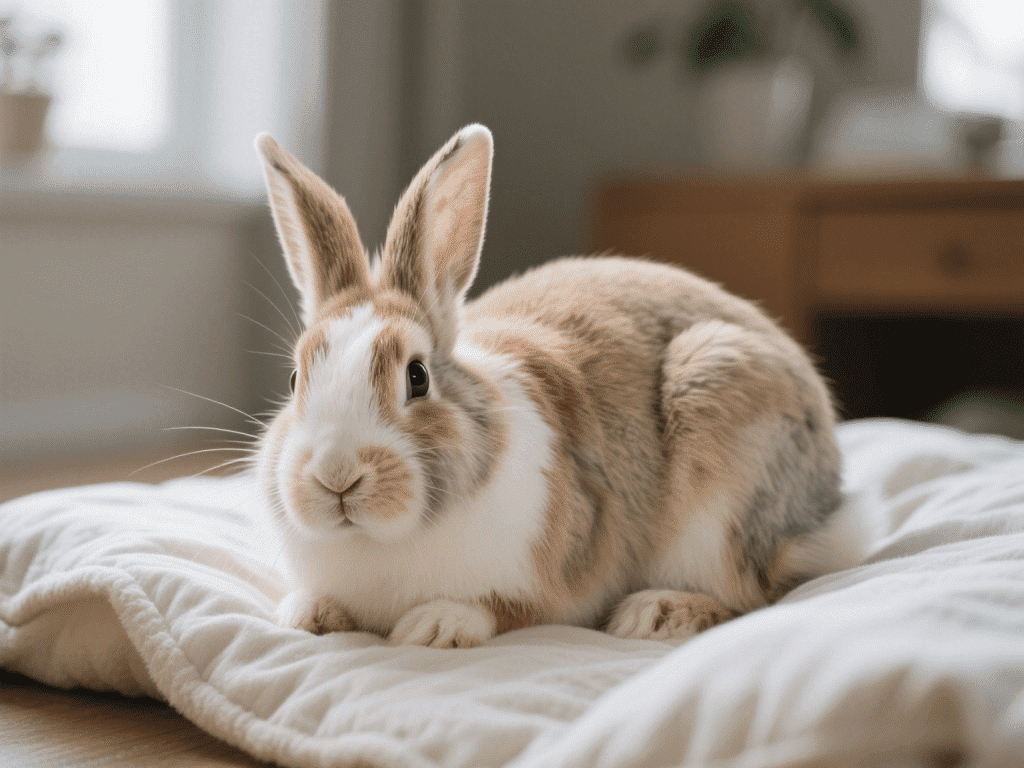
As a long‑time rabbit enthusiast and veterinary consultant, I’ve witnessed countless families struggle with dust‑induced allergies while caring for indoor bunnies. Traditional wood shavings can exacerbate sneezing, watery eyes, and even respiratory distress—for both you and your rabbit. Here’s a step‑by‑step guide to selecting, testing, and maintaining allergy‑safe bedding that promotes optimal respiratory health and enhances comfort.
1. Understanding Dust Mite Dynamics
Dust mites thrive in humid, warm environments and feed on skin flakes. Their microscopic feces and body fragments trigger allergies. Wood shavings—especially pine and cedar—carry natural aromatics and fine particulates that irritate mucous membranes. Even kiln‑dried wood can agitate sensitive ears and lungs.
2. Top Hypoallergenic Bedding Materials
Paper‑Based Pellets: Made from recycled paper, they’re virtually dust‑free, highly absorbent, and biodegradable.
Aspen Shavings: Unlike pine or cedar, aspen lacks phenols and resins. It’s low in dust when sourced as kiln‑dried, large‑flake shavings.
Compressed Paper Strips: Soft, lint‑free strips that expand upon unpacking. Excellent for nesting but require more frequent changes.
Fleece Liners: Washable, reusable fabric liners placed over absorbent pads offer a dust‑zero solution when laundered twice weekly.
3. Trial‑Run Testing Protocol
Before committing to a full bag, test small batches: place each bedding type in a separate enclosure for two days. Monitor your rabbit’s nasal discharge, cough frequency, and overall demeanor. Use a handheld dust meter (optional) to quantify dust levels.
4. Maintenance and Replacement Schedule
Paper Pellets: Replace spot soiled areas daily; full change once per week.
Aspen Shavings: Stir daily to aerate; full swap every 5–7 days.
Fleece Liners: Strip, wash, and fully dry twice weekly; rotate three liners to ensure one is always ready.
5. Supplementary Air Quality Measures
HEPA Air Purifier: Position near the enclosure, set to medium fan.
Humidity Control: Maintain 40–50% relative humidity with a humidifier—too dry promotes dust; too humid fosters mites.
Regular Vacuuming: Use a vacuum with a HEPA filter around the cage area, minimum twice weekly.
6. Monitoring Rabbit Respiratory Health
Look for clear nasal passages, regular sneezing rates (1–2 times daily is normal), and alert behavior. Any sudden increase in discharge, wheezing, or lethargy warrants veterinary evaluation, including a rhinoscopic exam and possible culture.
7. Long‑Term Benefits and Cost Analysis
While paper‑based bedding may seem pricier upfront, its extended replacement cycle and improved air quality reduce vet visits for allergies, balancing cost over time. Fleece liners also cut waste and save money after initial investment.
8. Expert Tips for Transition
Gradually mix new hypoallergenic bedding with your rabbit’s current substrate over 3–5 days to avoid stress. Introduce fleece gradually under supervised play sessions so your rabbit adapts to the different texture.
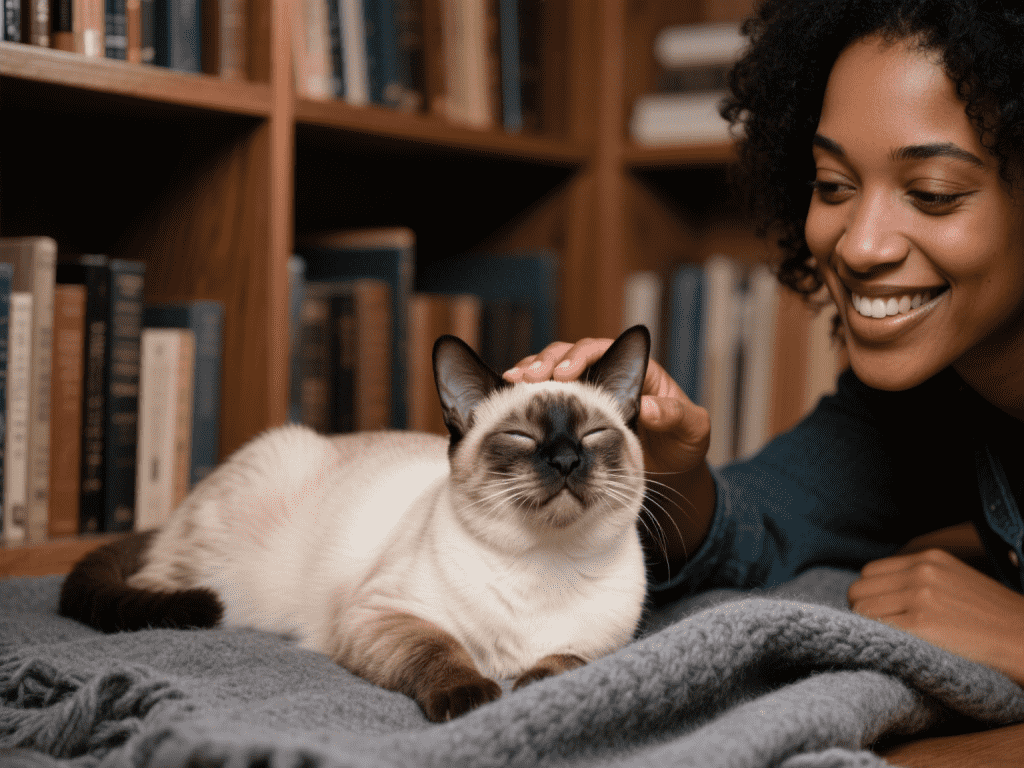
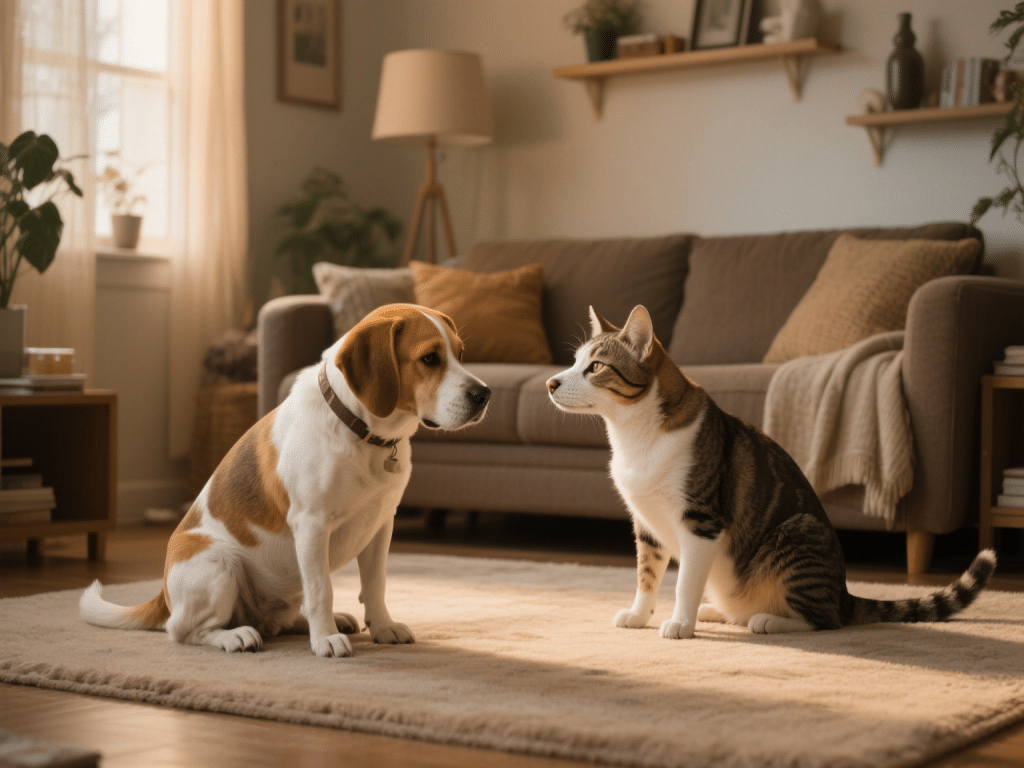

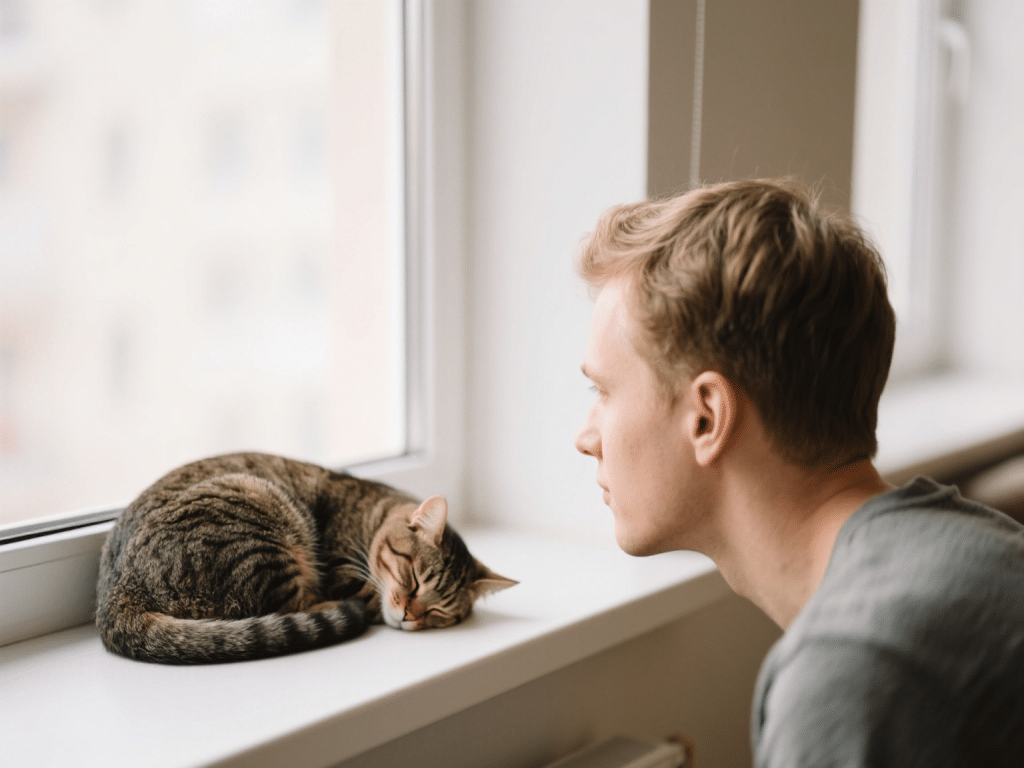


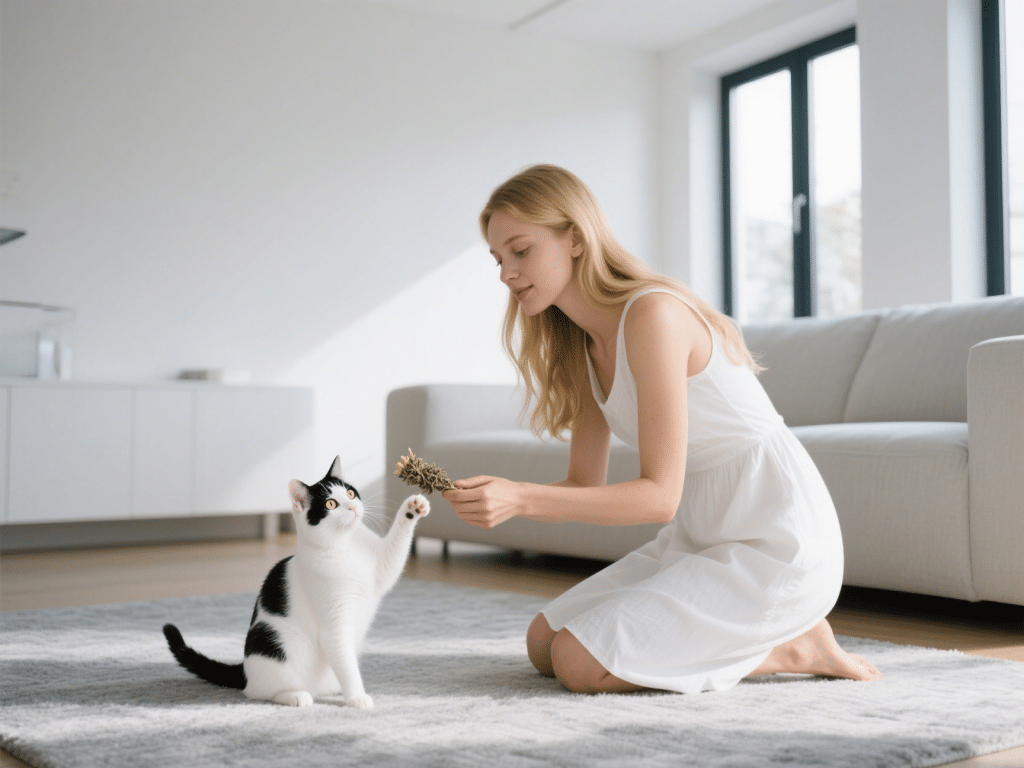


Comments on "Combatting Dust Mites: Allergy‑Safe Bedding Solutions for Indoor Rabbits" :